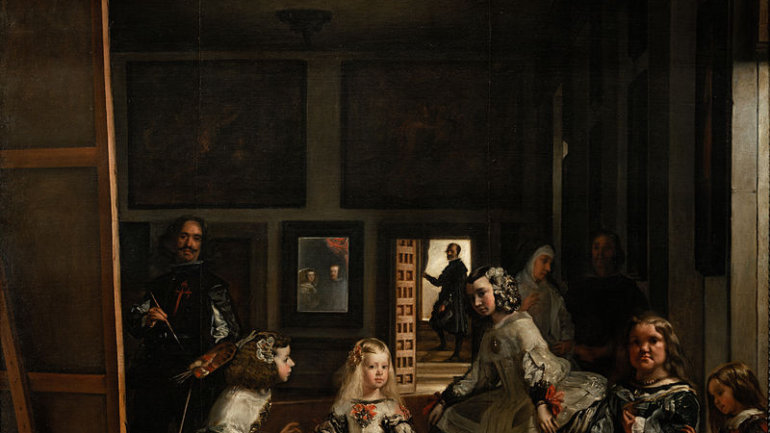The first classical music master I would like to introduce to you is Johann Sebastian Bach, known as the “Father of Western Music.”
Johann Sebastian Bach: The “Father of Western Music”
- Bach (1685-1750) is one of the most important composers in the history of music and is revered as the “Father of Western Music.” He was a German composer from the Baroque period, who laid the foundation for all of Western classical music, much like a highly skilled miner digging deep into a massive treasure chest of classical music, uncovering each gem with brilliance.
- Bach, whose full name is Johann Sebastian Bach, was born into a musical family in the small town of Eisenach in central Germany. Several of his uncles and cousins were respected musicians, and his father was also an excellent violinist, providing young Bach with a rich musical upbringing. Bach later became a famous court composer, creating countless compositions. His works are deep, tragic, and expansive, synthesizing the finest elements from Italian, French, and German musical traditions. He is considered an “unrivaled master.”
- Bach’s output is enormous, with over 1,000 works cataloged by later researchers. Unlike modern pop songs, which are often single-melody pieces without orchestration, a classical music work is like a book, made up of different movements or sections, which means each piece is usually lengthy. Given this, Bach’s collection of over 1,000 works is vast, and this is just the number of works that were able to be cataloged—many of his other smaller compositions have been lost.
- Bach’s works were cataloged posthumously by scholars, as he composed music for specific needs in the royal courts, not for publication. Thus, there was no systematic cataloging of his compositions during his time. The “BWV” system used to reference Bach’s works stands for “Bach Werke Verzeichnis” (Bach Works Catalog), and was completed in 1950, categorizing the works by type and genre rather than creation date.
- Bach’s music is of the highest quality, with no “filler” works. Every composition is meticulously crafted, and no other composer has achieved this level of consistency. Bach never wrote short, simple pieces; every work is substantial, lengthy, and multi-movement. Furthermore, Bach’s compositions are extremely challenging to perform; in his time, it was mainly Bach himself who could perform his own works. Even by today’s standards, Bach’s pieces remain difficult to play.
- Bach’s compositions are profound, even philosophical. Though music appreciation is subjective, Bach’s works are filled with meaning and depth, employing techniques such as modulations and key changes. In comparison, Mozart’s works are more minimalist and straightforward.
- Bach’s music is highly complex, often described as “brain-burning.” Baroque art, derived from the Portuguese word for “irregular pearl,” is perfectly embodied in Bach’s music. While modern pop music is mostly tonal, Bach’s works are polyphonic, with multiple melodies interwoven at once. In one of his most complex pieces, there are seven different melodies playing simultaneously—like your brain processing seven different strands of information at once.
- Bach was known for using “quirky” ornamentations in his music, with an ever-changing approach. While other composers’ ornamentations are usually simple and fixed, Bach’s are intricate and often improvised, making each performance of the same piece potentially sound different in the ornamentation sections.
- The complexity and variability of Bach’s music meant that there is no fixed “Bach performance style.” Most composers’ works have established conventions for performance, but Bach’s works are unpredictable and do not follow rigid rules. He didn’t mark many musical symbols in his scores, offering little guidance on how to perform his works, which paradoxically grants the highest level of freedom for interpretation.

Bach Portrait

Beethoven Musical Example, with the ornamentation in the score highlighted in the box

Bach Musical Example, with the ornamentation in the score highlighted in the box, and the BWV label in the upper right corner referring to the Bach Works Catalog.



1 Comments
binance account
I don’t think the title of your article matches the content lol. Just kidding, mainly because I had some doubts after reading the article.